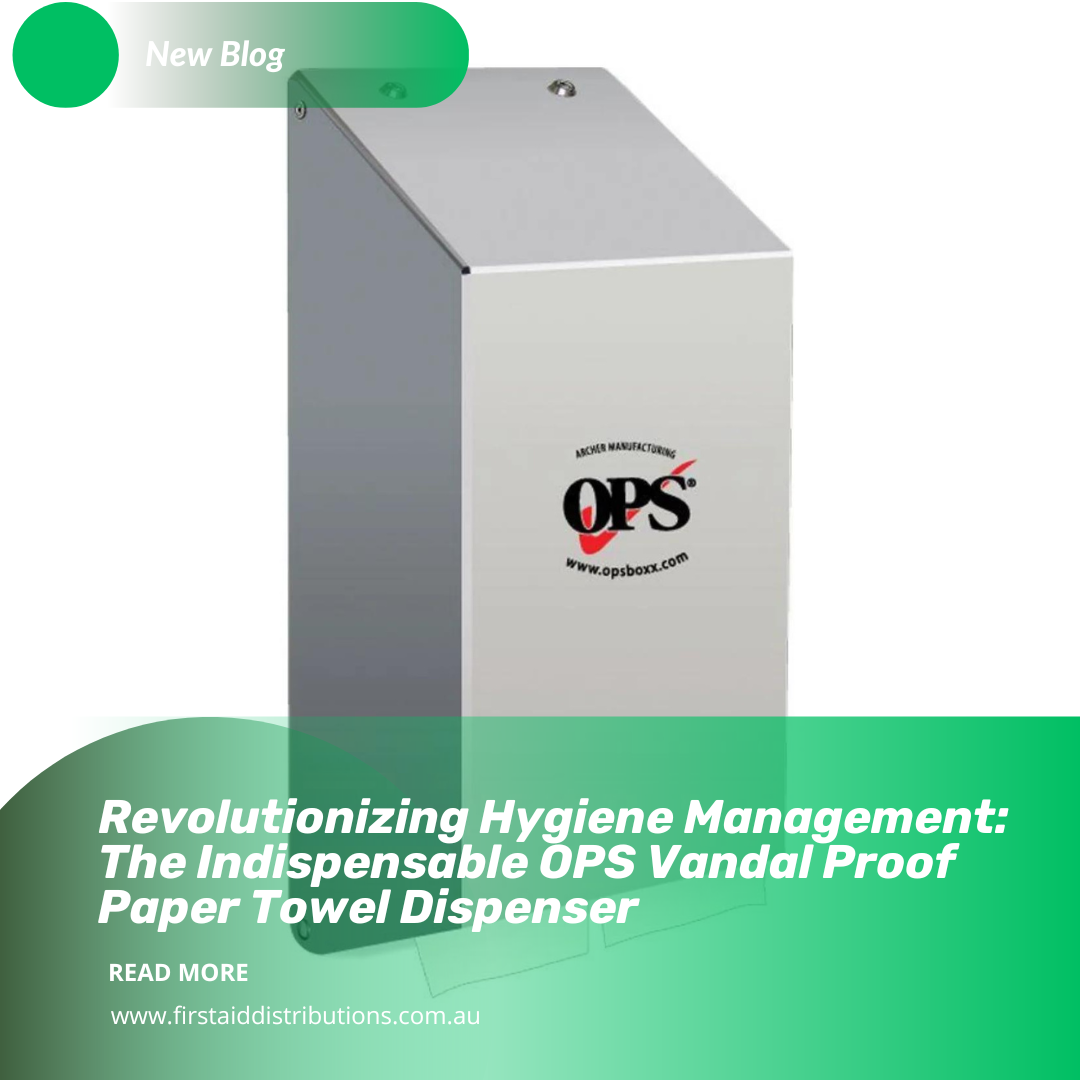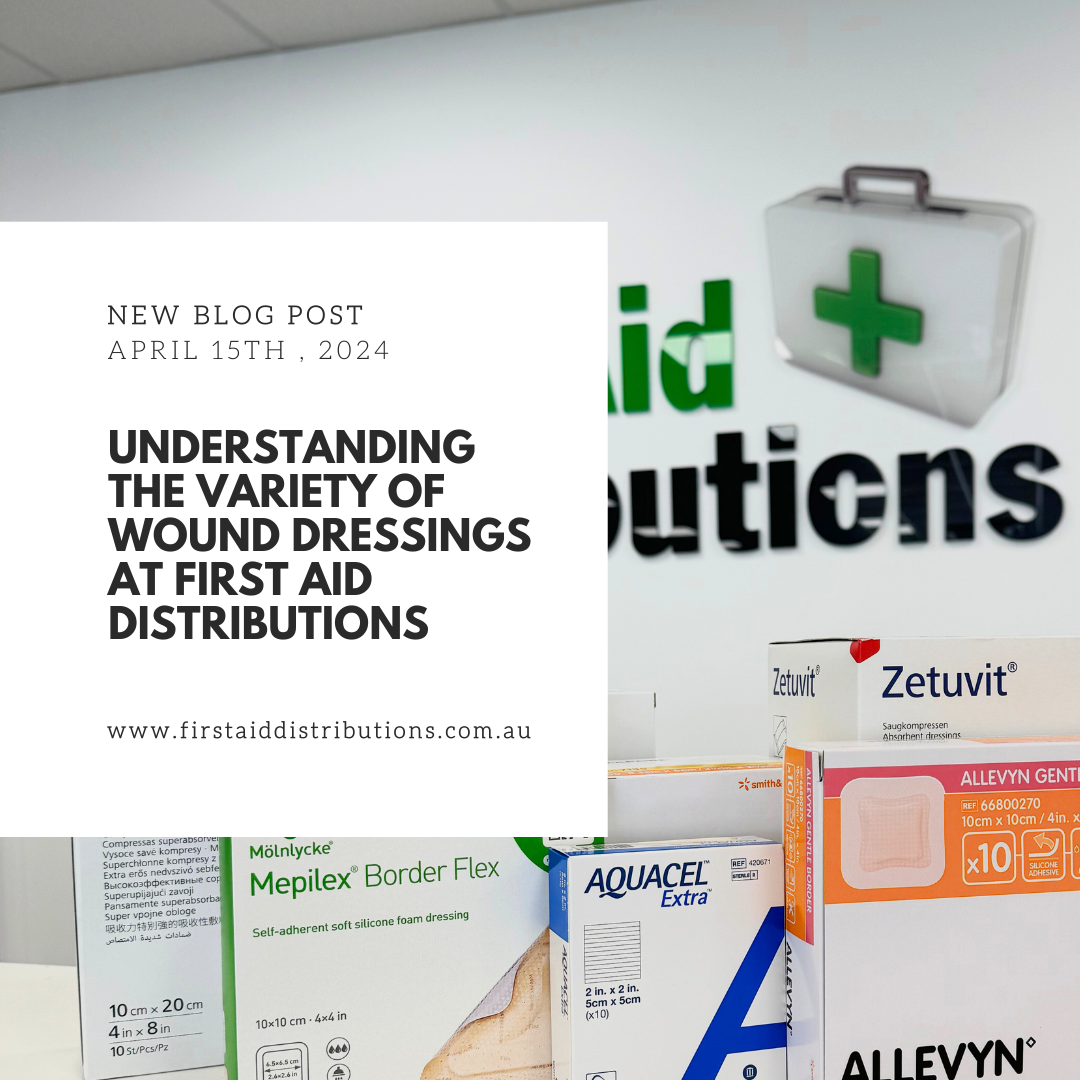
Take the sting out of getting bitten
Australia has many animal and insect species that bite or sting. In general, first aid includes bandaging the wound and keeping the person immobile until medical help arrives. Try to keep the person calm and reassured. Don’t tourniquet or cut the wound.
Always seek immediate medical help and call triple zero (000) for an ambulance in an emergency. If the person collapses or stops breathing, you may need to apply CPR (cardiopulmonary resuscitation) until medical help arrives.
If you can – and if it’s safe to do so – capture the animal or insect for identification purposes, in case anti-venom is required. However, it is important not to waste time doing this unnecessarily.
This post includes advice on basic first aid procedures for common bites and stings only. There is a range of insects and animals that can transfer disease with varying levels of contact. Wherever possible, avoid handling animals that may carry disease and protect against insect stings with insect repellents and appropriate clothing. If you are bitten or stung by an insect or animal, apply first aid and then seek medical treatment as soon as possible.
Pressure immobilisation for bites and stings
The pressure immobilisation method is useful for some bites and stings, but not all. It is ideal for Australian venomous snakes and for funnel web spiders, blue ring octopus and cone fish. It is not recommended for any other types of bites and stings.
The pressure immobilisation method is designed to slow the movement of venom through the lymphatic system. The lymphatic system is a network of tubes that drains fluid (lymph) from the body’s tissues and empties it back into the bloodstream.
Bandaging the wound firmly tends to squash the nearby lymph vessels, which helps to prevent the venom from leaving the puncture site. If you don’t have any bandages at hand, use whatever is available, including clothing, stockings or towels. Firmly bandage the wound but not tight enough to cause numbness, tingling or any colour change to the extremities.
Immobilising the limb is another way to slow the spread of venom, sometimes delaying it for hours at a time. This is because the lymphatic system relies on muscle movement in order to squeeze lymph through its vessels. Splint the limb if necessary.
In general, try to keep the patient calm and reassured. Always seek immediate medical help.
Don’t tourniquet or cut bites or stings
In the past, a tight tourniquet was recommended as the best method to cut off blood flow and prevent the circulation of venom through the body. This is no longer advised. Do not cut a bite to release the venom or try to suck the venom out of the wound. Don’t give the affected person alcohol to drink.
First aid for bites and stings from land creatures
The first aid for bites and stings from land creatures can depend on what type of creature it is.
Bee sting
Remove the sting by sliding or scraping your fingernail across it, rather than pulling at it. Wash the area and apply ice to reduce the swelling. If the person has an allergy to bee stings, they can fall into a life-threatening state of anaphylactic shock. The only treatment is an injection of adrenaline. Immobilise the person, apply pressure to the bite and seek immediate medical help.
Funnel web spider bite
Seek immediate medical help. Bandage the wound firmly with a pressure immobilisation bandage. Use a second bandage to wrap the arm or leg and splint the affected limb. Anti-venom is required.
Red-back spider bite
Wash the affected area well and soothe the pain with icepacks or iced water. Do not bandage the area.
Snake bite
Seek immediate medical help. Not all Australian snakes are venomous but you should follow the basic first aid techniques, just in case. Don’t wash the skin, as traces of venom left behind might be needed by medical personnel to identify the snake. Use a pressure immobilisation bandage and splint the limb. If the person was bitten on the torso, make sure your bandaging doesn’t restrict their breathing.
Tick bite
If a tick has burrowed into the skin, grasp it behind the head with fine tweezers, as close to the skin as possible. Gently pull it straight out with steady pressure, making sure you remove the entire body. After removal of the tick, wash the site with warm soapy water and then a mild antiseptic. Cover the site with a ‘bandaid’ type dressing for 24 hours. Keep the removed tick for identification purposes in case the person’s condition gets worse. Do not use methylated spirits, alcohol or anything else to kill the tick before removing, as this may cause the tick to inject more poison. In the case of the Australian paralysis tick, anti-venom is available. A tetanus injection might also be needed.
European wasp sting
Clean the affected area with soap and warm water. Use an icepack to reduce swelling and pain. Use pain-relieving medication and creams. Be alert for signs of anaphylaxis, which is a severe and life-threatening type of allergic reaction. Prolonged swelling at the site of the sting may respond to antihistamines – see your pharmacist for further advice.
First aid for bites and stings from sea creatures
The first aid for bites and stings from sea creatures can depend on what type of creature it is.
Blue-ringed octopus sting
A bite can cause paralysis. Seek immediate medical help. You may need to commence CPR (cardiopulmonary resuscitation). Even if your efforts seem futile, continue CPR until medical help arrives. The pressure immobilisation bandage method is suitable for blue ring octopus stings.
Box jellyfish sting
Seek immediate medical help. Stop the tentacles from stinging by pouring vinegar over them. Immobilise the limb and bandage firmly. You may need to commence CPR (cardiopulmonary resuscitation). Anti-venom is available.
Jellyfish sting
Wash the tentacles off with water. Use icepacks or anaesthetic cream to reduce the pain.
Stonefish sting
Seek immediate medical help. Bathe the area in warm water. Anti-venom is available. A tetanus injection might be needed.
Where to get help
- In an emergency, call triple zero (000)
- Victorian Poisons Information Centre Tel. 13 11 26 – seven days a week, 24 hours a day
- Emergency department of the nearest hospital
- NURSE-ON-CALL Tel. 1300 60 60 24 – for expert health information and advice (24 hours, 7 days)
- Your doctor
- Your local pharmacist
- Anaphylaxis Australia Tel. 1300 728 000
Things to remember
- In most cases, firmly bandage the site of the wound and keep the person still
- Don’t use tourniquets, cut the puncture site or try to suck out the venom
- In the case of ticks, don’t try to kill the tick before removal as this may cause it to inject more poison
- Always seek medical advice as quickly as you can
Products
You can shop for products at these links:
- Find Snake Bite Kit HERE
- Find Ice Packs HERE
- Find Antiseptic HERE
- Find Non Adherent Dressings HERE
- Find Bandages HERE
Ways to get in touch
- Start a live website chat with us during opening hours (bottom right of your screen)
- Send an email to our team info@firstaiddistributions.com.au
- Call us during opening hours on 03 5443 2239
Source: Better Health VIC





